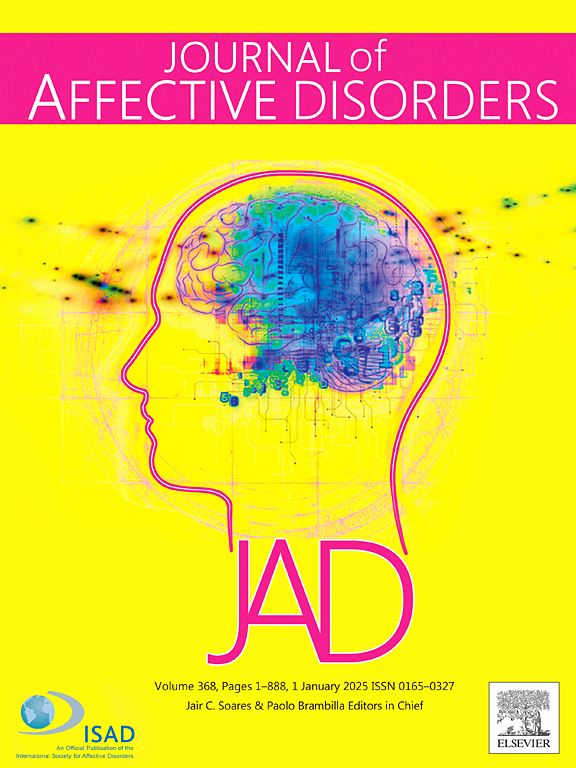Associations between perceived built environment and depressive symptoms in China: The mediating roles of neighborly relationships and community attachment across age-gender groups
IF 4.9
2区 医学
Q1 CLINICAL NEUROLOGY
引用次数: 0
Abstract
Background
While prior research has linked the built environment to mental health, little attention has been given to how this relationship and its mechanisms differ at the intersection of gender and age. This study examines the direct and indirect associations between the perceived built environment and depressive symptoms, with neighborly relationships and community attachment as mediators. It also investigates how these associations vary across age-gender groups.
Methods
Drawing from nationally representative data from two waves of the China Family Panel Studies (n = 14,200), this study applied a moderated mediation model to analyze the mediating role of neighborly relationships and community attachment, as well as the moderating role of age-gender groups.
Results
The perceived built environment was negatively associated with depressive symptoms, and this relationship was mediated by both neighborly relationships and community attachment. Age-gender groups moderated both the direct and indirect associations, with middle-aged males exhibiting the strongest direct association, while middle-aged females demonstrated more pronounced indirect associations through social cohesion.
Limitations
This study relied on self-reported data to assess the built environment, and both neighborly relationships and community attachment were measured using single-item indicators, which may limit the depth of analysis. Furthermore, the observational design of the study precludes definitive causal inferences from the findings.
Conclusions
The study reveals varying associations between the perceived built environment and depressive symptoms across age-gender groups, with middle-aged males more affected by environmental stressors and middle-aged females benefiting from social cohesion. These findings provide insights for targeted interventions and policies.
求助全文
约1分钟内获得全文
求助全文
来源期刊

Journal of affective disorders
医学-精神病学
CiteScore
10.90
自引率
6.10%
发文量
1319
审稿时长
9.3 weeks
期刊介绍:
The Journal of Affective Disorders publishes papers concerned with affective disorders in the widest sense: depression, mania, mood spectrum, emotions and personality, anxiety and stress. It is interdisciplinary and aims to bring together different approaches for a diverse readership. Top quality papers will be accepted dealing with any aspect of affective disorders, including neuroimaging, cognitive neurosciences, genetics, molecular biology, experimental and clinical neurosciences, pharmacology, neuroimmunoendocrinology, intervention and treatment trials.
 求助内容:
求助内容: 应助结果提醒方式:
应助结果提醒方式:


